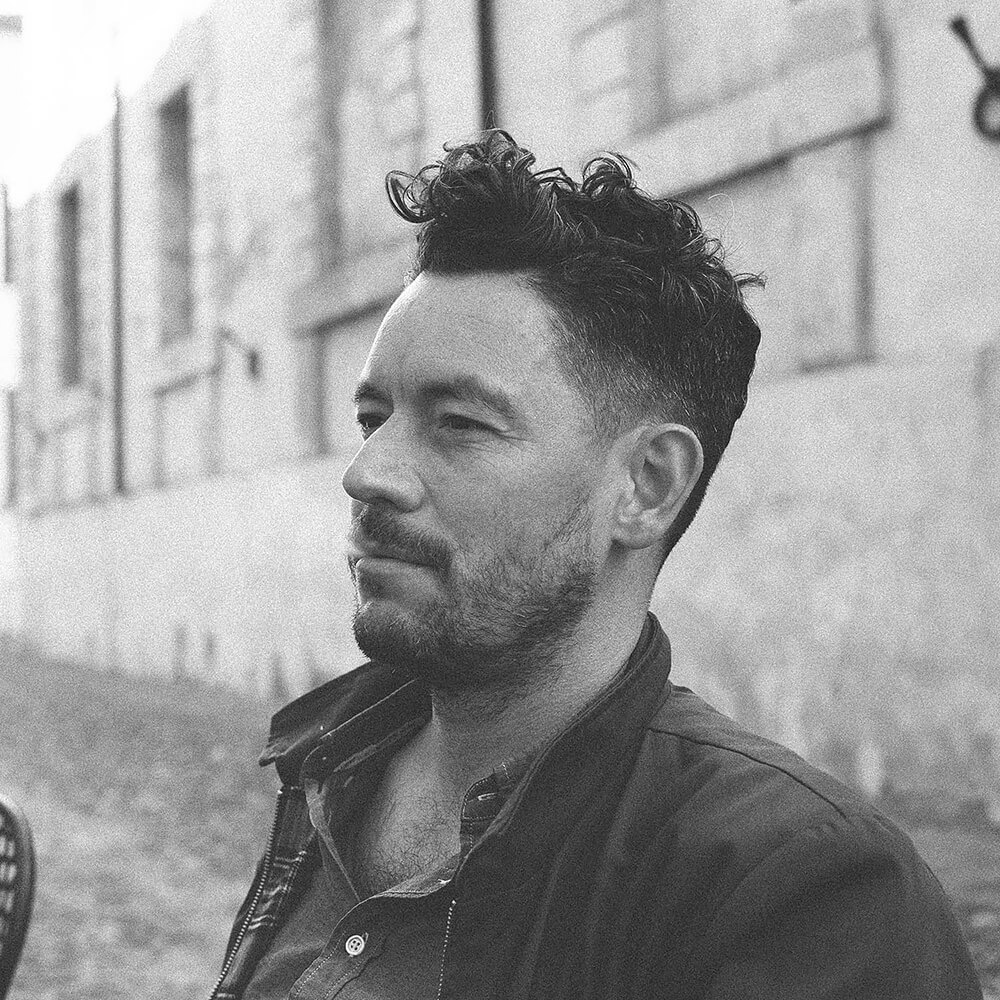Patrick Wack was born in Cannes in 1979 and grew up in the Paris suburbs.
A former top sportsman, he has a degree in foreign languages and a diploma from the Ecole Supérieure de Commerce de Paris. His studies took him to the United States, Sweden and Germany.
A self-taught photographer, he left Berlin in 2006 for China with the ambition of documenting its emergence, and the hope of living a life off the beaten track.
He was based in Shanghai for eleven years as a freelance photographer alternating between commissions for the international press and institutional clients. He also worked on long-term documentary projects on themes important to the understanding of our times. These include urban change and forced modernisation in China, the Tibetan question, inter-ethnic tensions in the Balkans and the 'pioneering front' of the New Silk Road in its aesthetic, social and political dimensions.
After eleven years in China, he now divides his time between Europe, China and Russia. His reports have been published in Time magazine, The Sunday Times, Géo, The British Journal of Photography and Courrier International, among others.
He is one of the co-founders of the photographic cooperative Inland.
DUST
Dust, a monographic book by photographer Patrick Wack on the Uyghur communities.
The monograph
DUST gathers four years of work by French photographer Patrick Wack shot in the areas of Central Asia known as East Turkistan or Xinjiang Uyghur Autonomous Region under the current Chinese administration.
In recent years, the region has been at the centre of an international outcry following the mass-incarceration of its Uyghur population and other Muslim minorities. This body of work captures a visual narrative of the region and is a testimony to its abrupt descent into an Orwellian dystopia.
In 2016 and 2017, Wack spent more than two months in Xinjiang photographing Out West, his first long-term project about the region. He decided to return in 2018, upon reading reports of the mass arbitrary detention system being set up there. In 2019, he travelled to Xinjiang on two separate occasions for another project, The Night Is Thick. This second reportage aimed at documenting life under acute repression among the Uyghur minority alongside the disturbing simultaneous increase of Han-Chinese tourism in the region.
These images have been widely published and exhibited over the past four years, illustrating the situation in the region, and have received numerous accolades. Recent events in Xinjiang are now considered some of the most severe crimes against humanity currently unfolding in the world and this project is possibly the most complete photographic documentation of the region in recent years.
Find out more about DUST